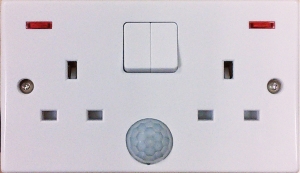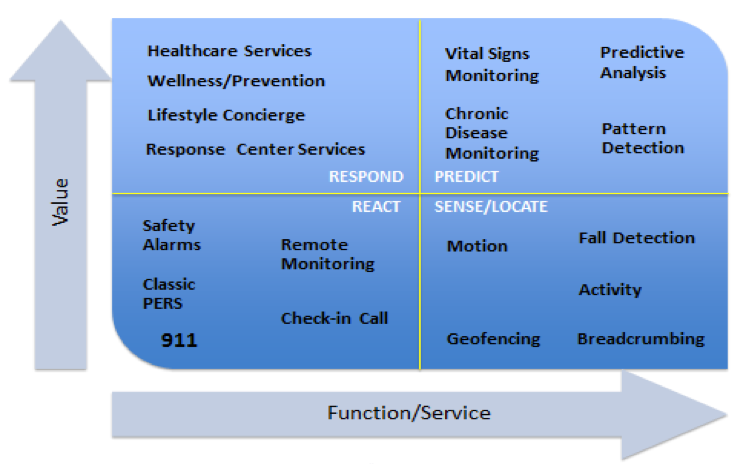Fire, Police, Ambulance, Army and any emergency service can get a real-time movie map of a disaster area. Remember the floods of 2014. Who knew what was happening where? Were local communities upset when the emergency seemed slow to respond? This isn’t a complaint, it is an offer to help.
After a National infrastructure of Kemuri sensors are installed in the homes of vulnerable people living alone, the data could be used to show a minute by minute map of power outage, humidity, temperature and movement. It would not need any public or emergency service input. A moving picture would make good TV, too. We could imagine the speed and spread of a flood as power fails, humidity rises, temperature falls and people are moving around their kitchens at 3am.
As an example of how it might look, here is a video of minute by minute activity in an area the size of the Isle of Wight. A day’s data in 30 seconds http://www.youtube.com/watch?v=CDB5Nt-3h_8. It is big data in action. Kemuri plans to use this technology.
The Kemuri infrastructure could provide information to a COBRA committee. The network, given sufficient resilience, could become part of the Critical National Infrastructure. The beauty is that the sensors will already deployed for a different function for families and carers; the emergency services may choose to add sensors at key locations and pay £400 per year for the privilege.
All Kemuri needs is some funding to kick-start the development of production quality sensors and shared national infrastructure.
UPDATE: 22/4/14
Kemuri entered a hackathon “to develop prototypes that can support communities to be resilient to and adapt to environmental crises and change.” with £5000 first prize. The event was cancelled; apparently there weren’t enough competitors. Are we that short of innovators in the UK?

